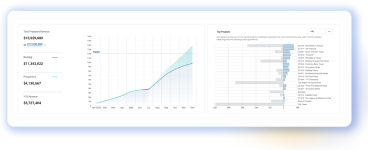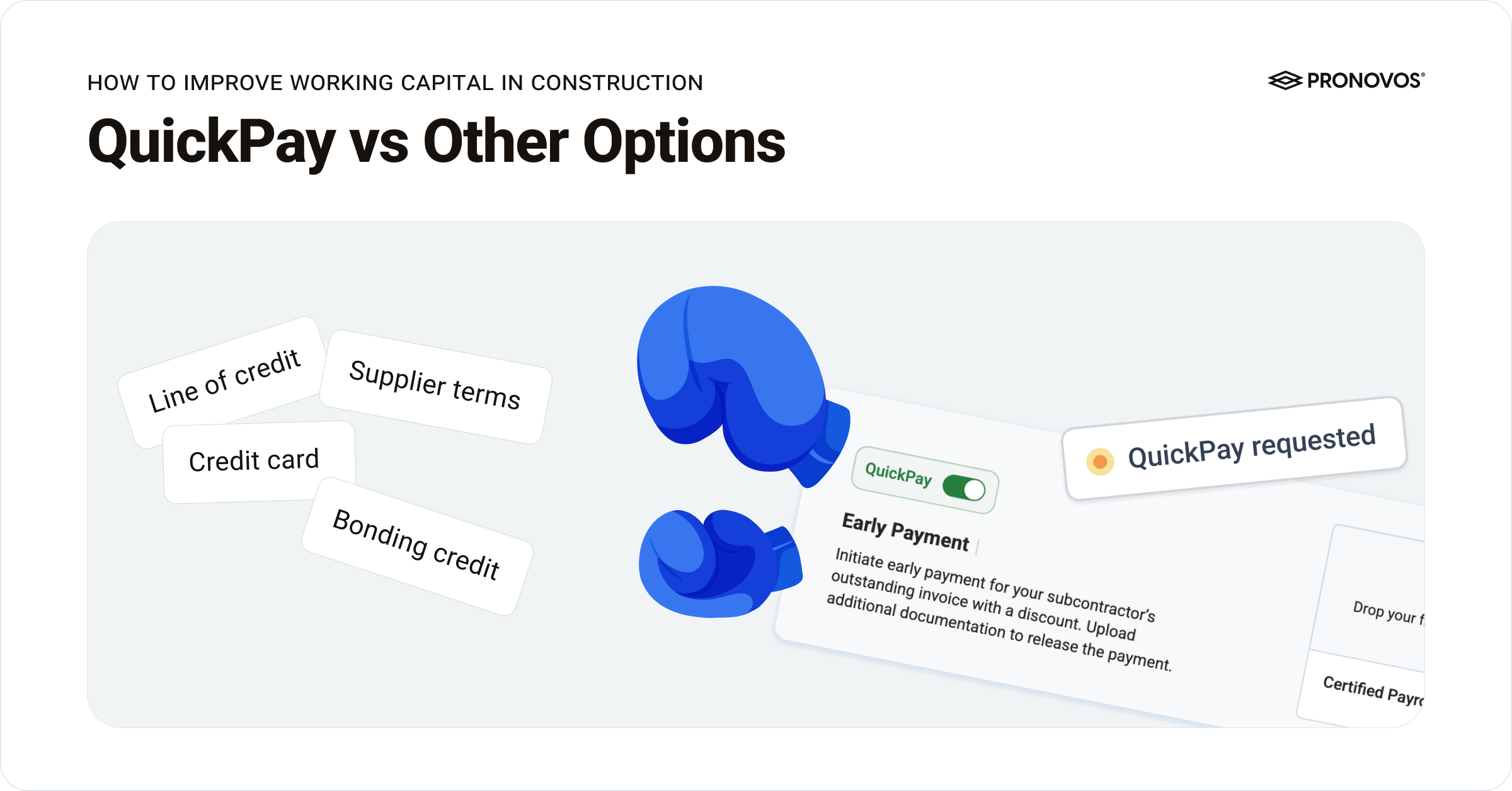When you think of powerful construction tools, what comes to mind?
You might be thinking of a bulldozer, a crawler crane, or a tunnel boring machine. While those are all very powerful, I would argue that the Work-in-Progress (WIP) report is even more powerful, but for many companies, it’s also one of the most underutilized.
That’s a problem. Because in today’s environment, where rising costs, labor shortages, and market volatility are everyday realities, being able to understand and act on the financial health of your projects in real time isn’t a luxury — it’s a necessity.
The challenge? Traditional WIP processes are built around disconnected systems, delayed updates, and backward-facing data. At best, they help you understand what went wrong last month. At worst, they cause confusion, mistrust, and missed opportunities.
It doesn’t have to be that way. Here are four ways to modernize your WIP approach and transform it from a static report into a proactive decision-making engine.





